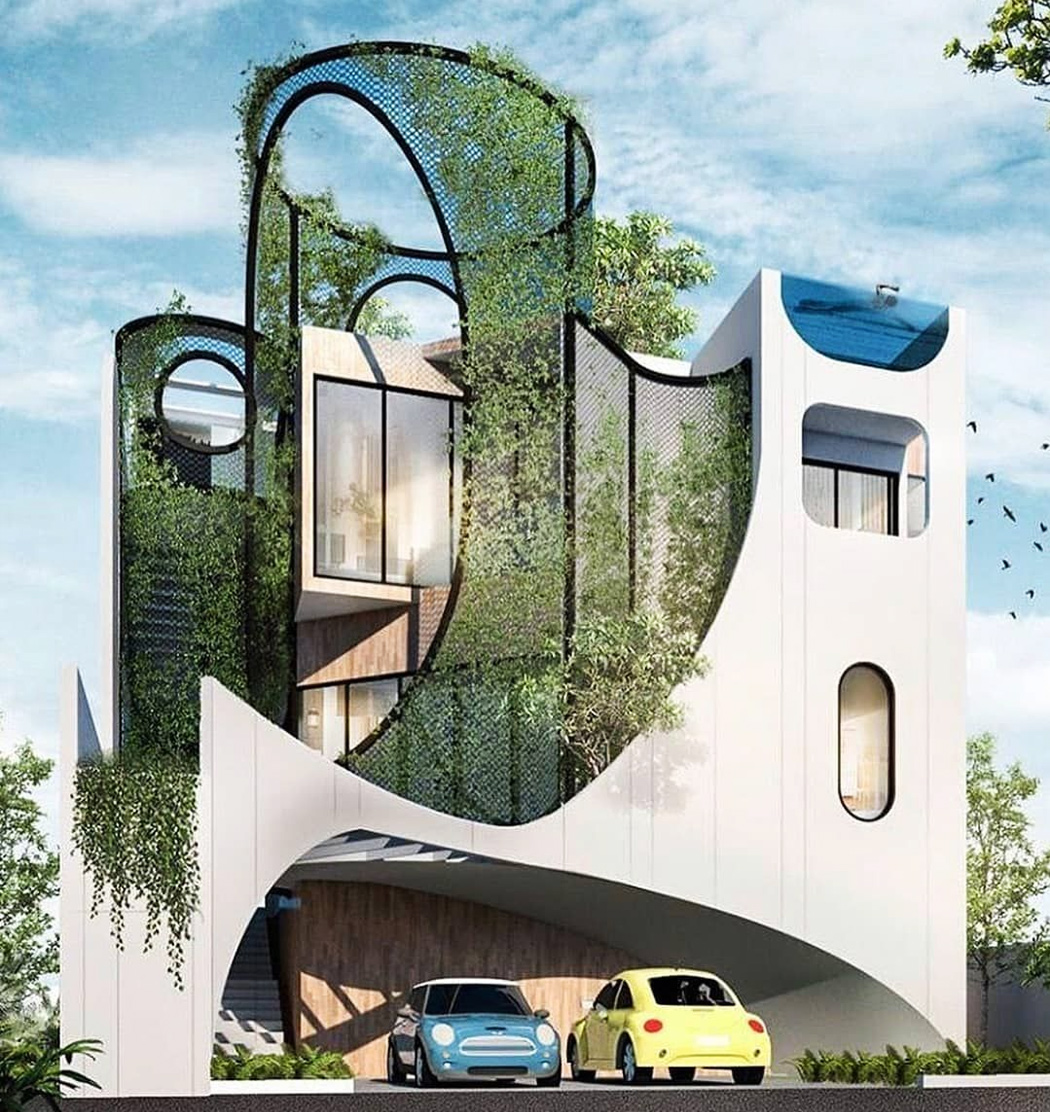A Thorough Overview of Building Designs and Their Impact on Modern City Preparation and Growth
Building designs have long worked as a mirror to the societal values and technological developments of their time, playing a vital function in forming modern city preparation and advancement. From the majesty of Neoclassicism to the practical technique of Brutalism, each style has introduced unique principles that affect metropolitan looks and performance. As contemporary challenges arise, consisting of sustainability and neighborhood requirements, comprehending these historic frameworks becomes essential. The resulting discussion not only notifies future design methods however also raises significant inquiries about the equilibrium in between heritage and development in our evolving city landscapes.
Historic Review of Architectural Styles
Throughout background, building styles have actually developed in feedback to cultural, technical, and environmental aspects. Each duration shows the dominating values, beliefs, and innovations of its time, causing an abundant tapestry of design that indicates human imagination and adjustment. The old worlds, such as the Egyptians and Greeks, developed fundamental designs that highlighted proportion and percentage, serving both practical and visual objectives.
As societies transitioned with the Center Ages, Gothic style emerged, characterized by its verticality and complex describing, mirroring the spiritual aspirations of the age. The Renaissance noted a rebirth of classical ideals, merging art and design in cutting-edge means that influenced subsequent styles across Europe.
The Industrial Transformation presented brand-new products and construction techniques, prompting movements like Modernism, which challenged conventional types and accepted simpleness and capability. The 20th century saw a diversity of designs, with Postmodernism responding against the plain minimalism of its predecessor, including historic references and eclectic aspects.
Today, architectural styles remain to develop, driven by globalization and sustainability worries, showing a vibrant interplay between heritage and development. This historical summary underscores the importance of architecture as a mirror of societal advancement and as a driver for metropolitan advancement.
Key Architectural Styles Explained
The diversity of building designs shows the myriad influences that shape our constructed setting, each personifying distinct attributes and social relevances. Trick architectural designs include Classical, Gothic, Baroque, Innovation, and Postmodernism, each representing special historical contexts and visual ideologies.
Classic architecture, rooted in ancient Greece and Rome, highlights proportion, percentage, and the usage of columns. In comparison, Gothic design, flourishing in the center Ages, is defined by sharp arches, ribbed safes, and flying buttresses, producing an angelic top quality in basilicas. Baroque style, emerging in the 17th century, is noted by majesty, fancy embellishment, and a dynamic interaction of light and darkness.

Recognizing these designs gives understanding right into the social narratives and technological advancements of their particular eras, highlighting how architecture offers not simply as a sanctuary, however as a reflection of societal values and aspirations.
Influence on Urban Planning
In shaping the development of cities, building designs substantially influence metropolitan planning decisions. The selection of architectural style frequently determines the aesthetics, performance, and overall character of city environments.
Moreover, building styles can affect zoning regulations and land utilize plans. Urban planners should take into consideration the prevailing architectural patterns when making districts, making sure that brand-new developments balance with existing frameworks. This factor to consider fosters cohesive urban landscapes and improves area identification.
The execution of certain building styles can also influence socioeconomic aspects within a city. High-end contemporary styles may draw in upscale citizens and services, leading to gentrification, while extra affordable housing solutions might prioritize sensible and lasting layouts to suit varied populaces. Eventually, the interaction between building styles and urban preparation develops vibrant cities that show both historical context and modern requirements, forming the lived experiences of their citizens.
Sustainability and Modern Design
Architectural styles play a critical role in addressing modern challenges, specifically in the world of sustainability. As metropolitan areas increase and ecological worries heighten, modern style significantly welcomes sustainable go to these guys design concepts that prioritize energy performance, resource conservation, and marginal environmental impact.
Contemporary building motions, such as biophilic style and green style, advocate for structures that balance with their surroundings, utilizing all-natural materials and advertising biodiversity - cda architects. These styles frequently include sustainable power resources, such as photovoltaic panels and wind generators, to minimize reliance on fossil gas and lower carbon impacts
Furthermore, the assimilation of innovative modern technologies, such as wise building systems, boosts energy monitoring, enhancing source usage while making sure resident comfort. Ingenious water management methods, consisting of rainwater harvesting and greywater recycling, more add to sustainable metropolitan settings.
Notably, sustainability prolongs past environmental issues; it incorporates social and financial dimensions. By promoting neighborhood wellness and advertising inclusivity, modern architectural designs straighten with lasting development goals. The evolution of architectural techniques proceeds to form resistant cities click to investigate that not only meet the needs of the present however likewise secure the future for generations to come.
Area Involvement in Layout
Area involvement in layout offers as a crucial bridge between architects and the populations they serve, guaranteeing that the built environment reflects the needs and aspirations of its individuals. This collective process invites community members to add their understandings and choices, promoting a sense of ownership and obligation toward the rooms they live in.
Reliable area interaction utilizes different methods, such as workshops, studies, and public discussion forums, to collect varied point of views (cda architects). These methods facilitate a two-way discussion, enabling architects to understand neighborhood contexts while empowering residents to articulate their issues and desires. This inclusivity not just improves the design top quality however also advertises social equity by addressing the unique obstacles dealt with by marginalized teams

Final Thought
Architectural styles have actually exceptionally influenced modern city preparation and advancement, mirroring evolving social and technological contexts. As cities proceed to expand and adapt, the recurring discussion between building see heritage and contemporary layout principles will continue to be necessary in producing comprehensive, lively spaces that boost high quality of life and promote social equity.